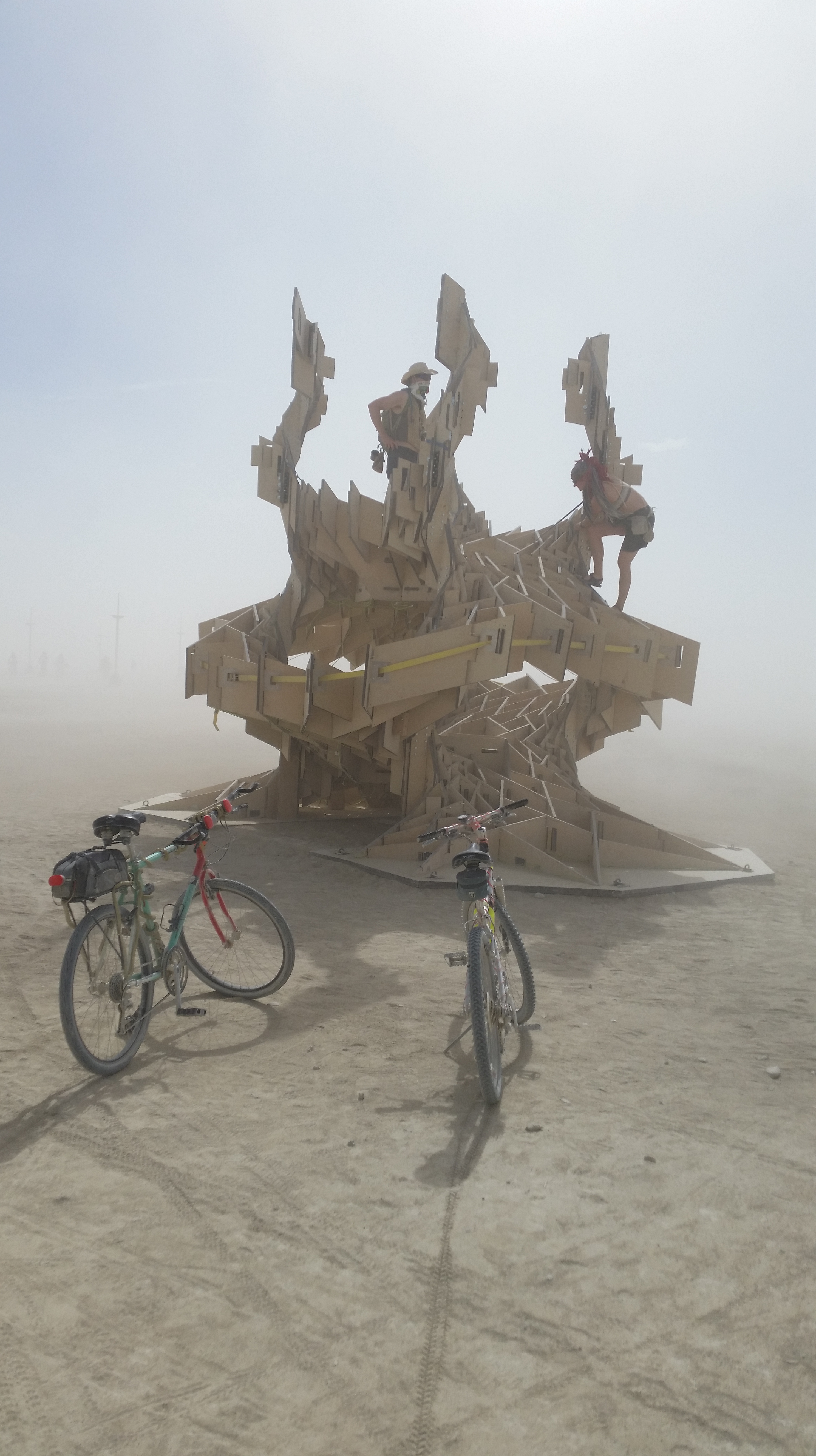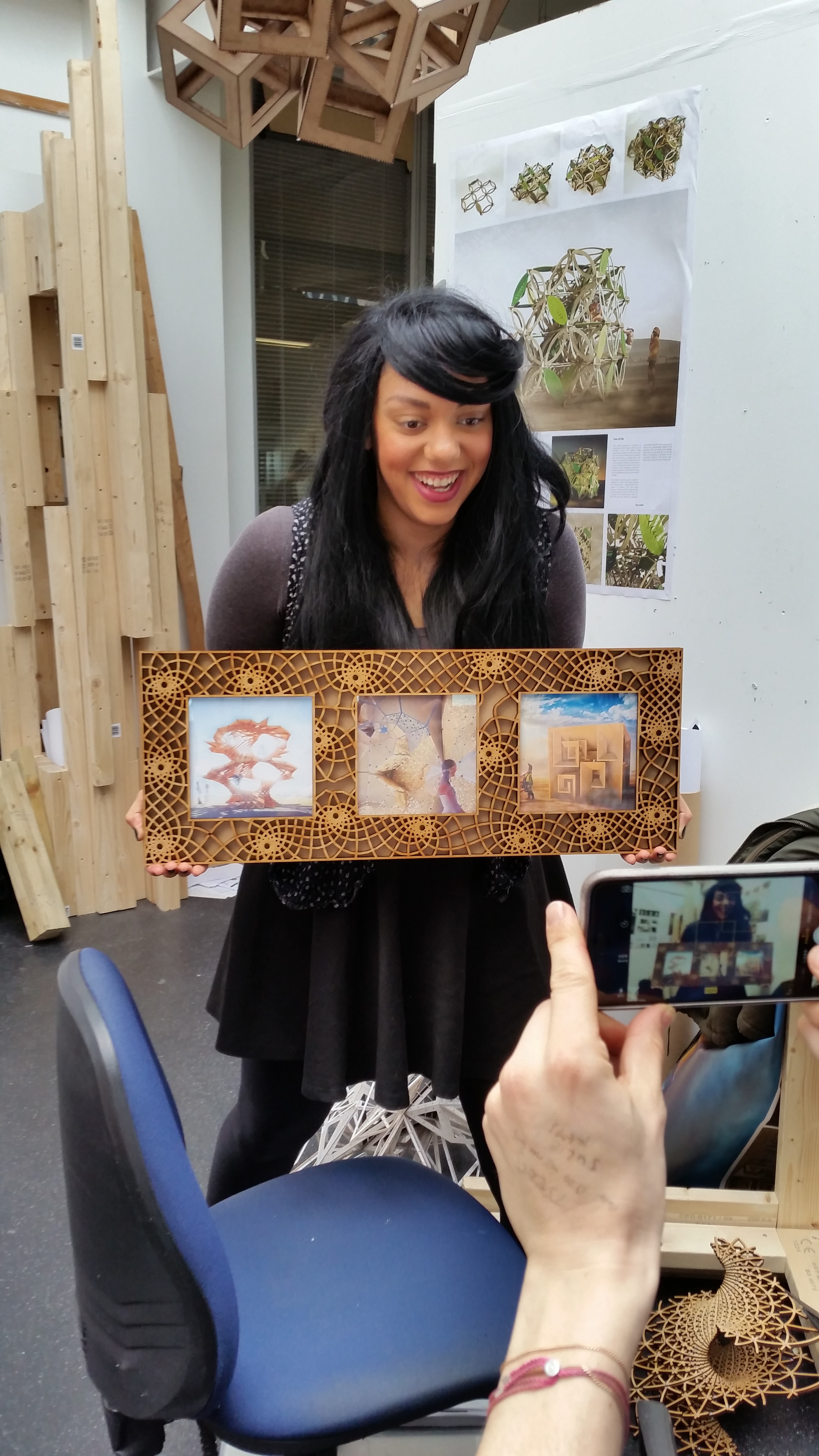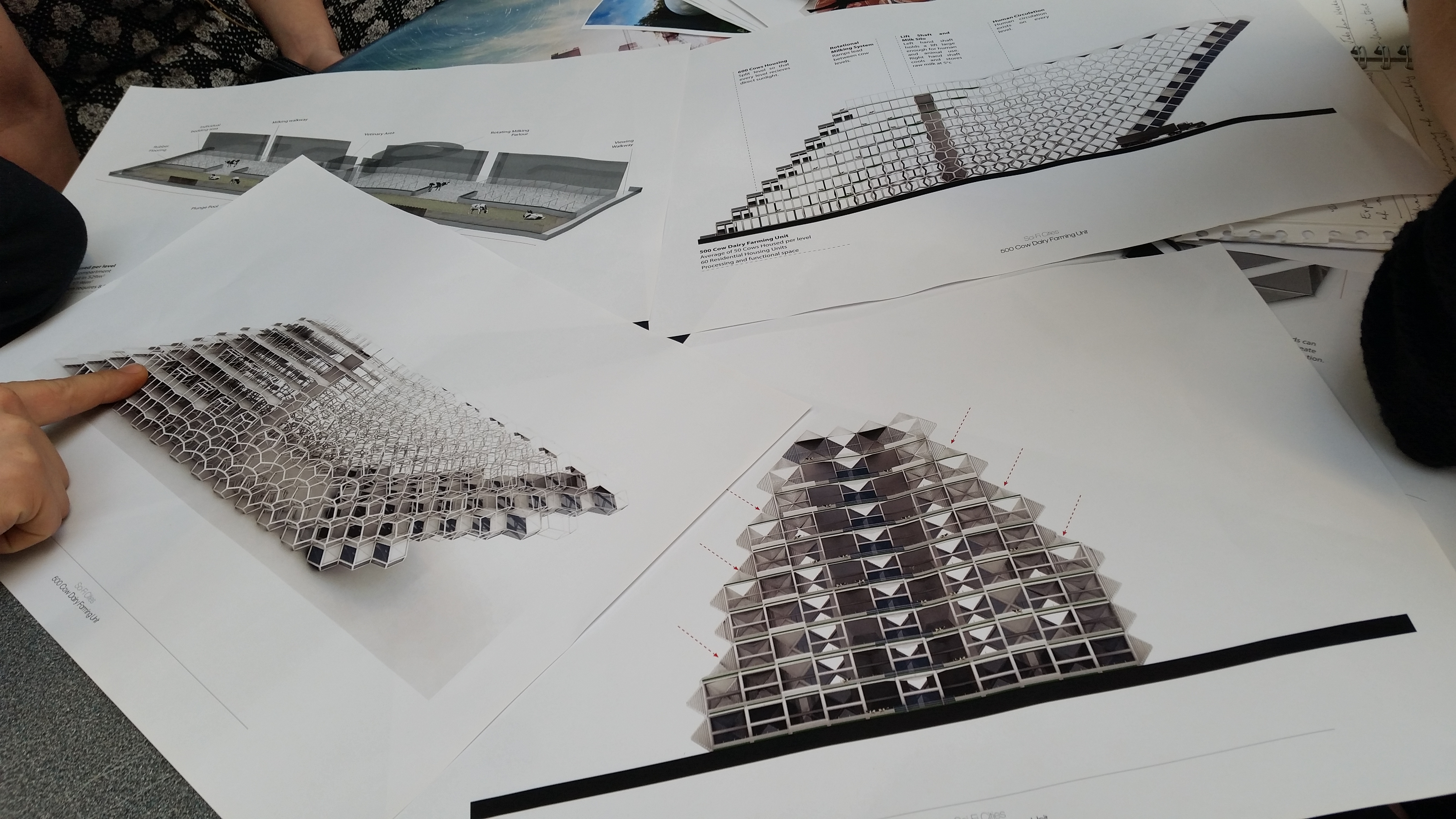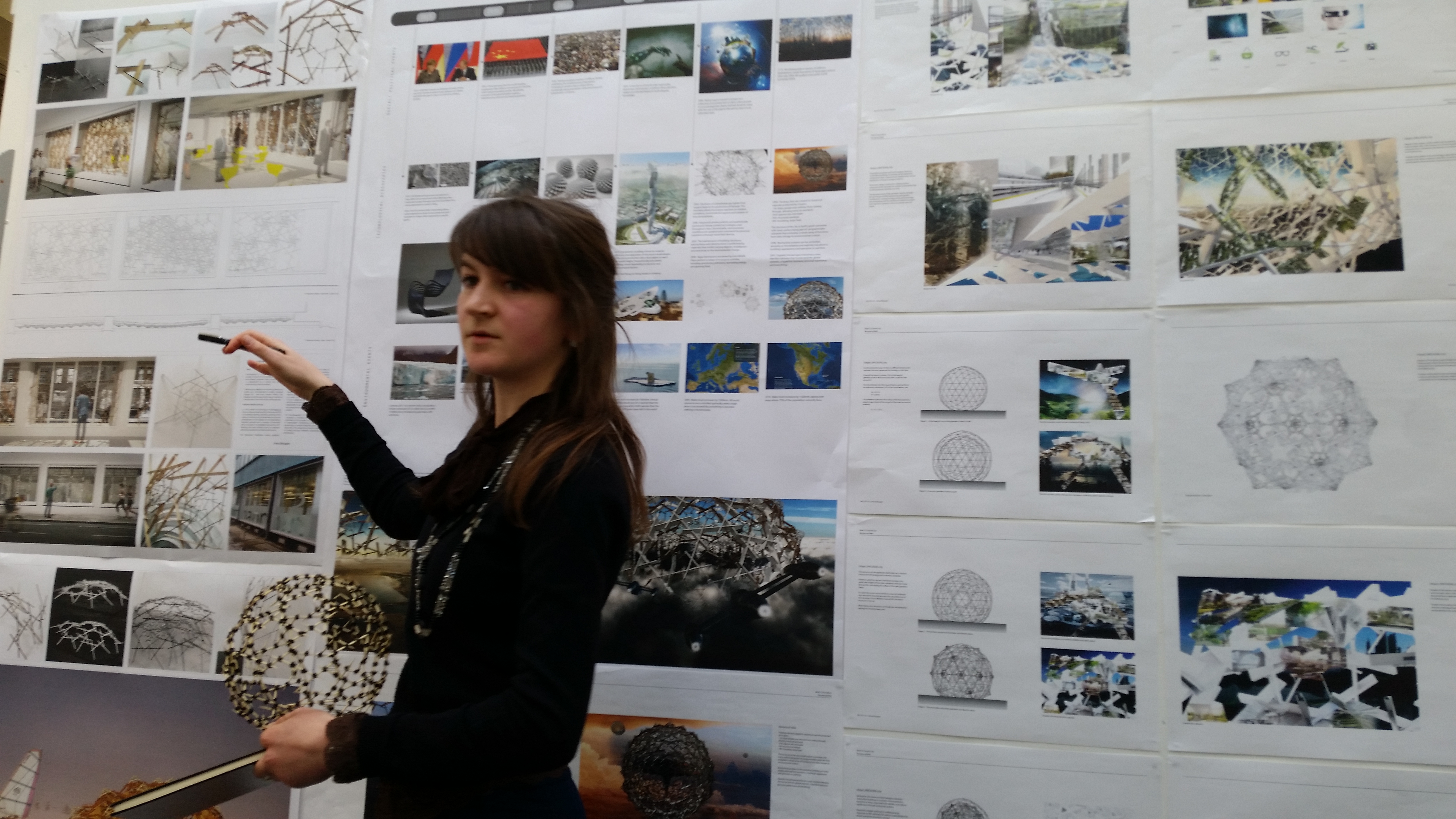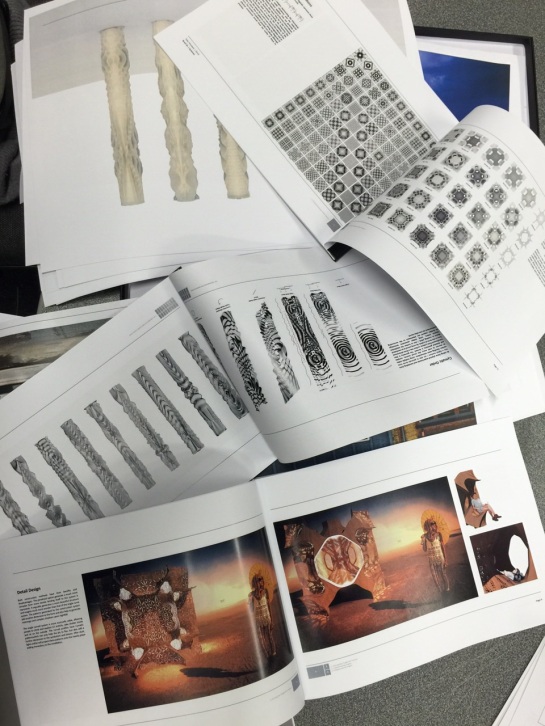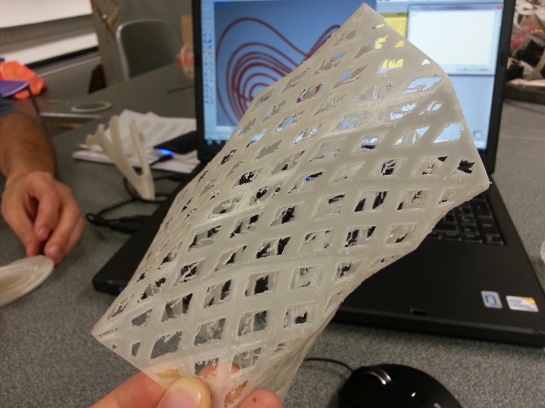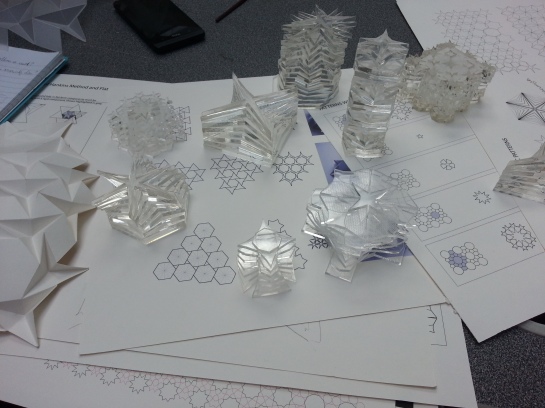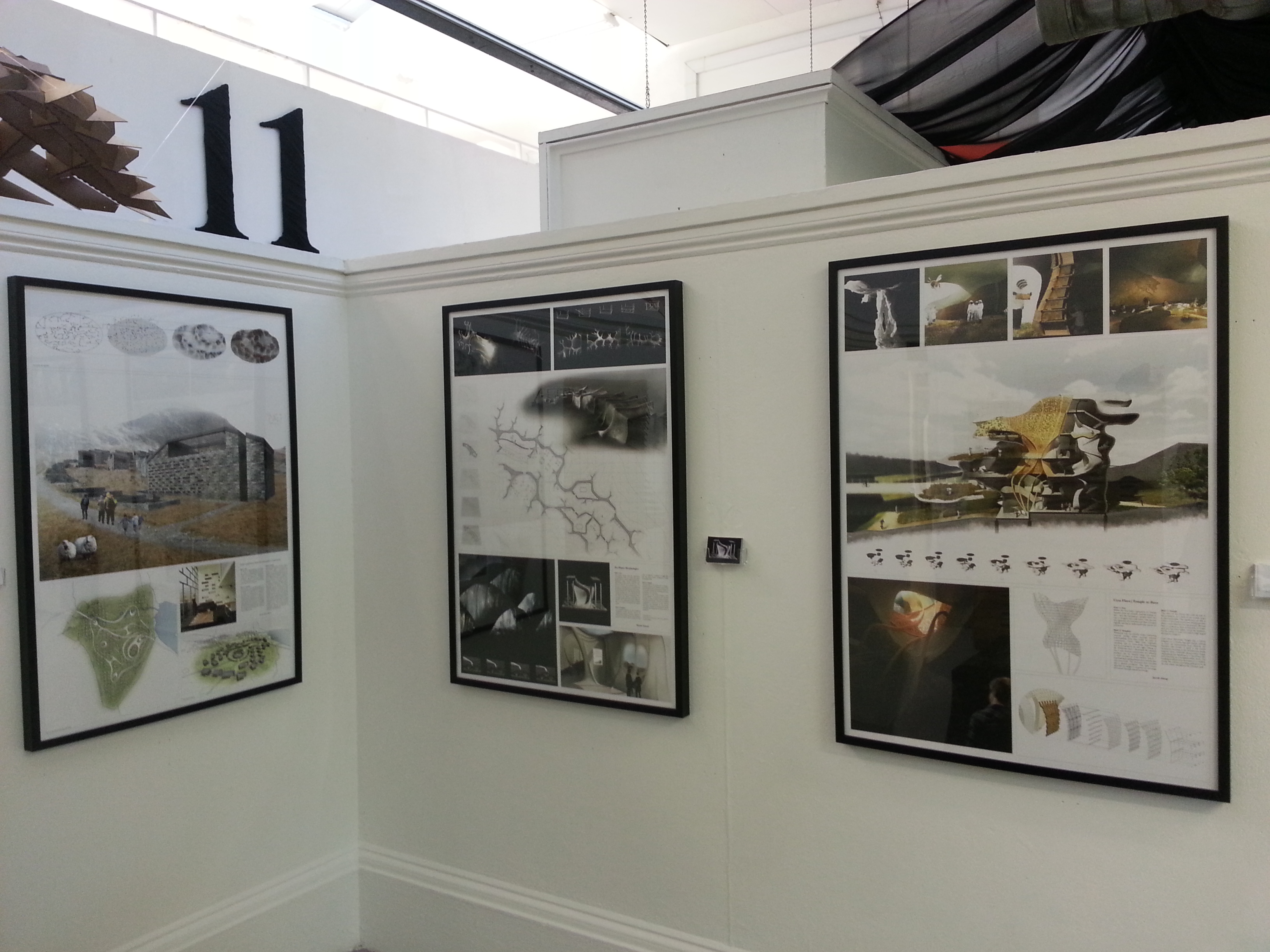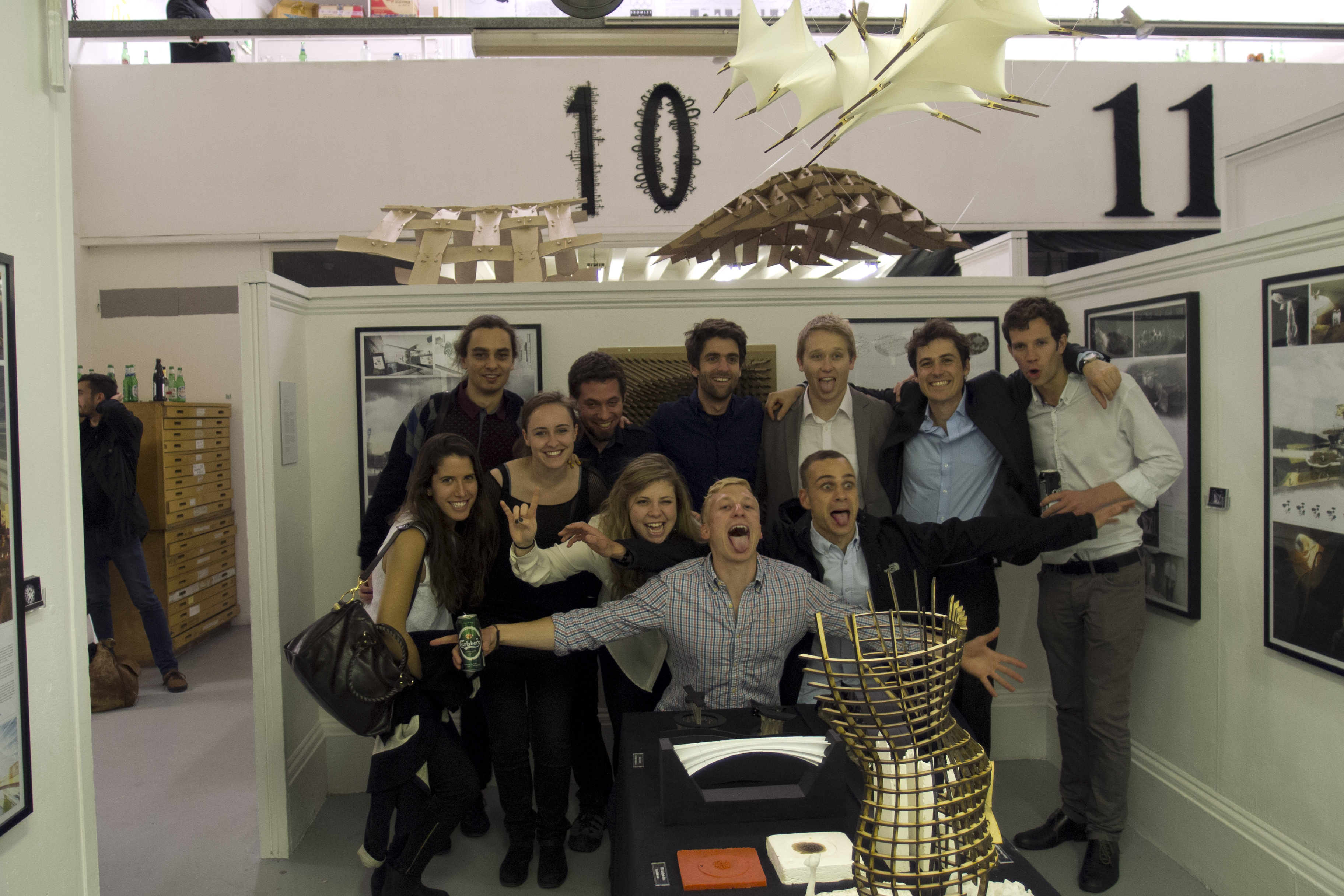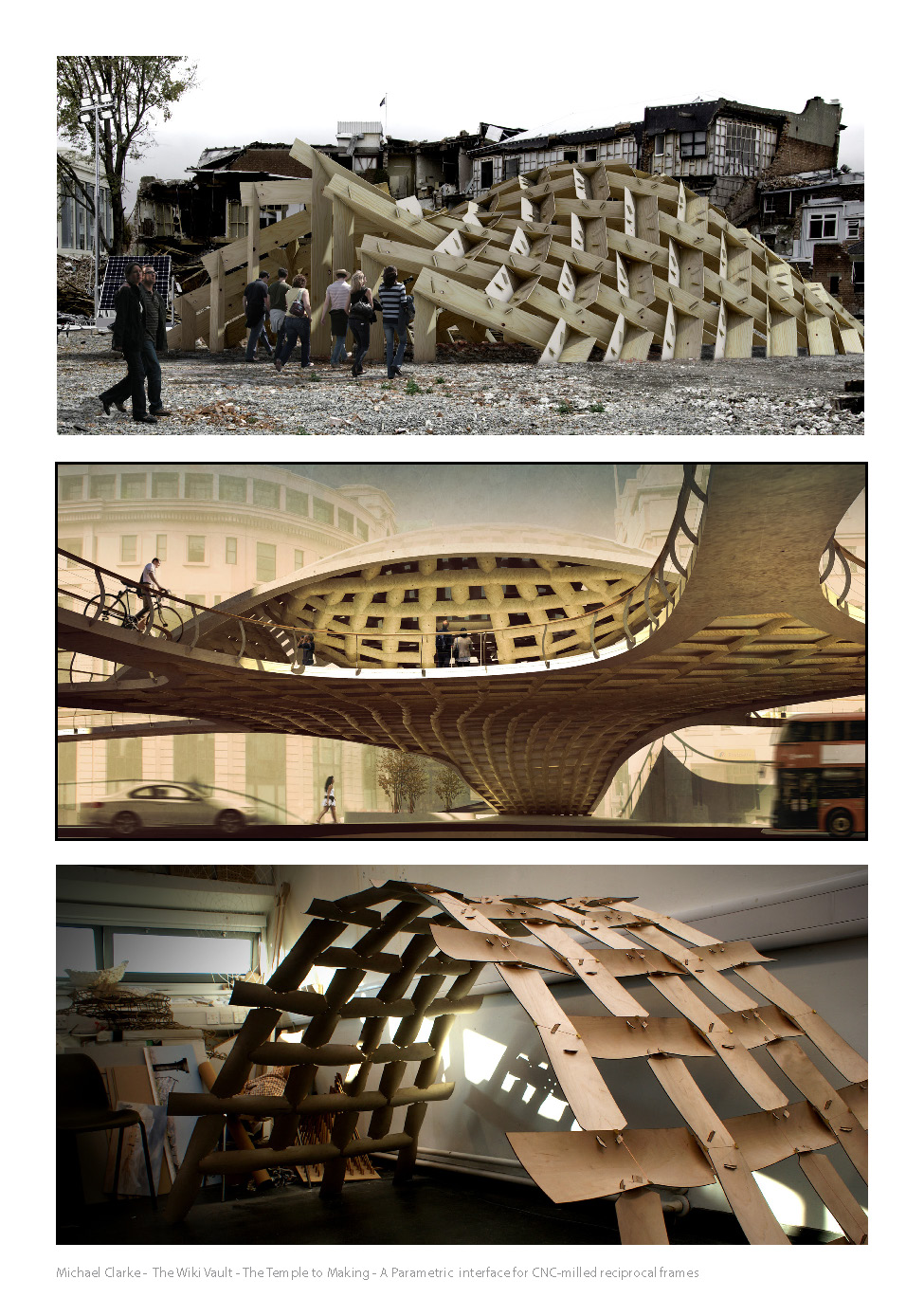Introduction
‘Growth From The Ger’ seeks to analyse the vernacular structure of the traditional nomad home and use parametric thinking to create a deployable structure that can grow by modular.
‘Ger’ meaning ‘home’ is a Mongolian word which describes the portable dwelling. Commonly known as a ‘yurt’, a Turkish word, the yurt offered a sustainable lifestyle for the nomadic tribes of the steppes of Central Asia. It allowed nomads to migrate seasonally, catering to their livestock, water access and in relation to the status of wars/conflicts. An ancient structure, it has developed in material and joinery, however the concept prominently remaining the same.
Inspiration
Growing up in London, I fell in love with the transportable home when I first visited Mongolia at the age of 17. The symmetrical framework and circulating walls create a calm and peaceful environment. In the winter it keeps the cold out and in the summer keeps the heat out. The traditional understanding of placement and ways of living within it, which seems similar to a place of worship, builds upon the concept of respect towards life and its offerings.
Understanding the beauty of the lifestyle, I also understand the struggles that come with it and with these in mind, I wanted to explore ways of solving it whilst keeping the positives of the lifestyle it offers.
Pros: Deployable, transportable, timber, vernacular, can be assembled and dissembled by one family, can vary in size/easily scaleable depending on user, low maintenance, sustainable, autonomous.
Cons: Difficult to sustain singularly, not water proof, no privacy, no separation of space, low ceiling height, can’t attach gers together, low levels of security.

Lattice Analysis and Testing
To understand the possibilities of the lattice wall, I created a 1:20 plywood model using 1mm fishing wire as the joinery. This created various circular spirals and curves. The loose fit of the wire within the holes of timber pieces allowed such curves to happen and created an expanding body. The expansion and flexible joinery allows it to cover a wider space in relation to the amount of material used.

I created the same latticework at 1:2 scale to see if the same curvature was created.

Locking the curve to create a habitable space. I did this by changing the types of joints in different parts of the structure.

To create a smoother and more beautiful curve I change the baton to a dowel and densify the structure.

To lock the lattice curve in expansion I extrude legs that meet the ground and tie together.

Manufacturing and assembly



The model made from sheet plywood cost approximately £30 and took one working day to make for one person. However, a more sustainable material and process needed to be considered as the process of making plywood contradicted this.

This model can be made by one person with the use of a wood workshop. The timber pieces were bought at 18mm x 95mm x 4200mm, 13 pieces of these were enough to make three modules, roughly costing £170 in total. Each module takes approximately 5 hours to construct, this involves the tying of the measured length twine joints. The structure is lightweight and each module is easily transportable by one person.
Growth from the ger: modular growth

Perspective view.

Perspective view.

Plan view.

Diagram showing the plan functions of each space and modules.



